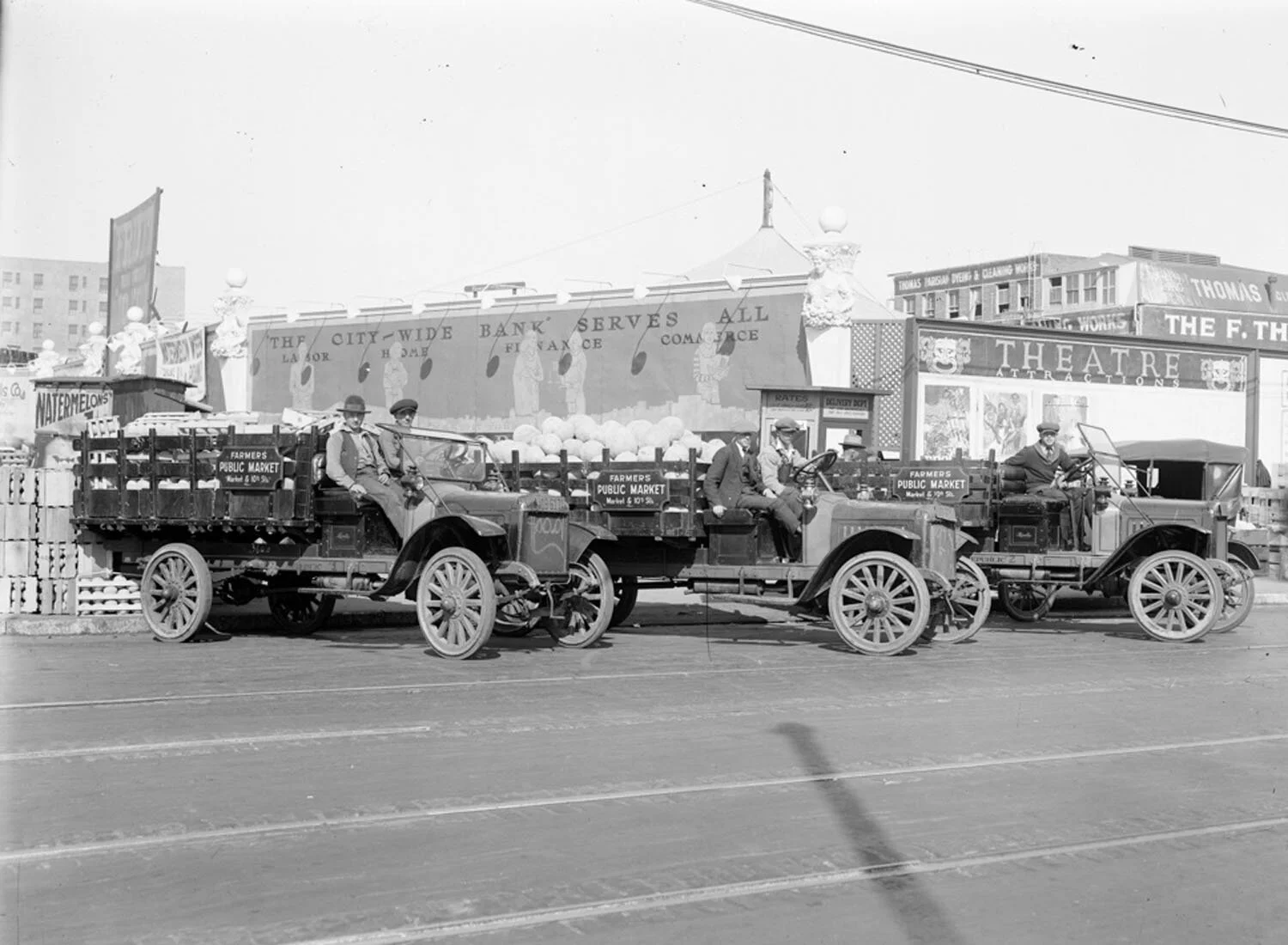This week we discussed how the Spanish, who ate wheat and considered it the food of the Bible, learned to eat corn, a food the Spanish considered suitable only for animals and the poor, from the Mexicans. The Spanish didn’t understand Mexican food culture very well, however, and completely missed the ancient process of nixtamalization, developed by Mesoamericans, that allows the human body to access all of corn’s nutrients when consumed. Eating a diet of only raw corn led some Europeans to develop pellagra, a vitamin deficiency with terrible symptoms, many of which resemble the characteristics of vampires, who perhaps not coincidentally first appeared in legends around the same time.
In the classroom, we watched two videos from Eater, Why Corn is the Most Sacred Crop and The Dark and Terrible History of Corn. San Francisco became a part of the Mexican Empire after the Mexican War of Independence ended in the early 1800s. Today, Mexican food culture continues to permeate our city and we owe a great debt to the Indigenous Aztec and Mayan people for domesticating corn from a wild grass. Their ingenuity allows people all over the world to now enjoy corn in so many delicious forms.
In the kitchen, students made their own corn tortillas, working with a masa dough made from masa harina, oil, salt, and hot water. We had some issues with the electricity so switched to camping stoves mid-week, which worked well! We learned to cook the tortillas on cast iron without any oil, to watch for a few brown spots that signal to us the tortilla is cooked, and to stack them inside a clean towel to keep them warm for serving. To accompany the tortillas, the third graders made a simple pico de gallo (also known as salsa bandera or salsa Mexicana as the colors represent the Mexican flag) using dry-farmed Early Girl and heirloom tomatoes. ¡Que rico!























































































































































































